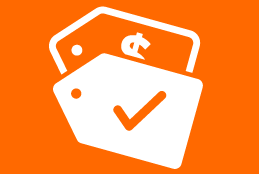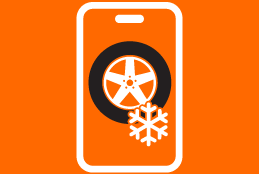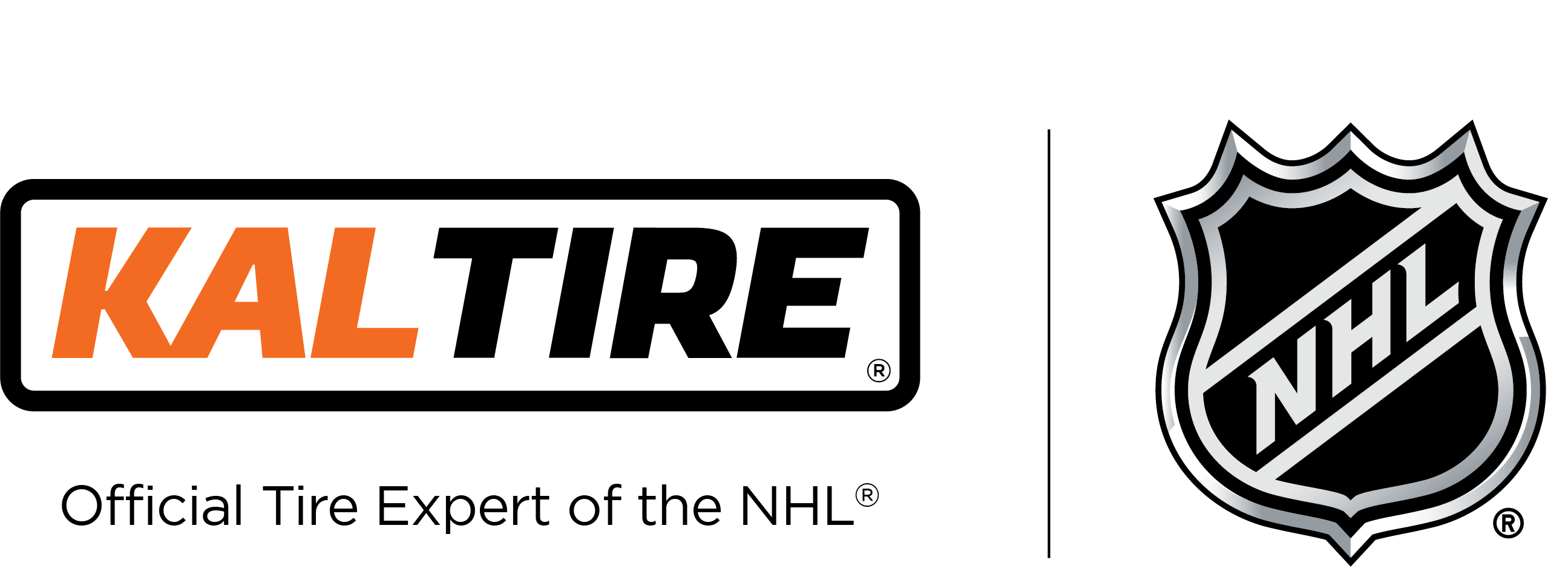Vernon, BC - Monday, November 28, 2022
Survey shows few drivers checking pressure in cold months, many are misreading dashboard tire pressure alerts—potentially risking safety, traction, stability and fuel economy
As winter temperatures continue to drop across Canada and as many prepare for holiday road trips, Kal Tire is reminding drivers of a critical and often overlooked winter safety check: ensuring tires are properly inflated. The reminder comes after a national Kal Tire survey indicates only 5 per cent of motorists check pressure monthly and that barely half of motorists (51 per cent) know that tire pressure requires regular monitoring and adjusting in winter because of colder temperatures.
“When it’s cold out there and with many making plans for winter travel, we want to make sure drivers are taking that extra minute to check their tire pressure once a month to avoid getting stuck on the side of the road,” says Mike Butcher, regional director of urban retail stores, Kal Tire.
“Everyone’s trying to stretch their dollars right now, and beyond compromising traction and stability, underinflated tires can reduce fuel economy and tire life.”
The Kal Tire winter tire maintenance survey, which polled Canadian motorists* responsible for their vehicle’s maintenance, found that nearly a quarter of drivers (24 per cent) hadn’t checked their pressure in the past year—and that motorists are least likely to check their tire pressure in November/December (16 per cent) and January/February (13 per cent).
Why are tire pressure checks important, especially in winter? When the temperature drops, air contracts and as the air molecules get closer together, the reduction in air volume causes tires to lose their pressure. These smaller air molecules can naturally work their way through the porousness of tire rubber, causing further pressure loss. In colder temperatures, rubber hardens, sometimes causing additional air loss from the seal of the tire where it meets the rim; in winter months, most tire repairs are caused by seal leaks. Large changes in elevation can also impact tire pressure.
The Kal Tire survey also revealed many drivers are relying on two potentially unsafe methods of monitoring tire pressure: the tire pressure monitoring system (TMPS) (40 per cent) and the tire appearing flat (25 per cent).
“Depending on the type of TPMS system, if the symbol illuminates, the tire is already at the point of being dangerously low, so drivers need to perform manual checks regularly and act quickly if the dashboard TPMS symbol lights up.” says Butcher. “If a tire is so underinflated it’s visibly almost flat, it could be on the verge of failure at worst—and at best, you could be risking damage to the tire and rim,” says Butcher, adding the risk of pothole damage increases with low pressure.
The survey also found that the majority of drivers whose vehicles are outfitted with a TPMS say they’ve had the system alert them to a problem with tire pressure—and a little over half said they kept driving and attended to it later.
Kal Tire is encouraging drivers be mindful that not all TPMS work in the same way. When the alert comes on, drivers should be making it a priority to identify the reason for the alert.
Other key findings from the winter tire maintenance survey:
- Prairie drivers (Alberta, Saskatchewan and Manitoba) are the best at checking their tire pressure, with 49 per cent checking in the past two months. In the rest of Canada, only about one-third of drivers checked their tire pressure since September (study was conducted Oct. 19-Nov. 2).
- Montreal drivers are the least likely to have checked, with just 27 per cent reporting checking their tire pressure since September.
- Drivers in Regina and Winnipeg are the most aware that winter is when tire pressure is most likely to need adjusting. In all other Canadian markets, only about one in two drivers realize they should prioritize checking tire pressure in winter.
- Younger drivers (those under 35) are less diligent about checking their tire pressure with only 3 per cent stating they check tire pressure monthly; these same younger drivers are also less likely to own at tire pressure gauge.
“Properly inflated tires are a simple maintenance step that can help keep everyone on the road safe this winter—and give drivers longer, more even tire life and better mileage,” says Butcher.
Related Articles:








